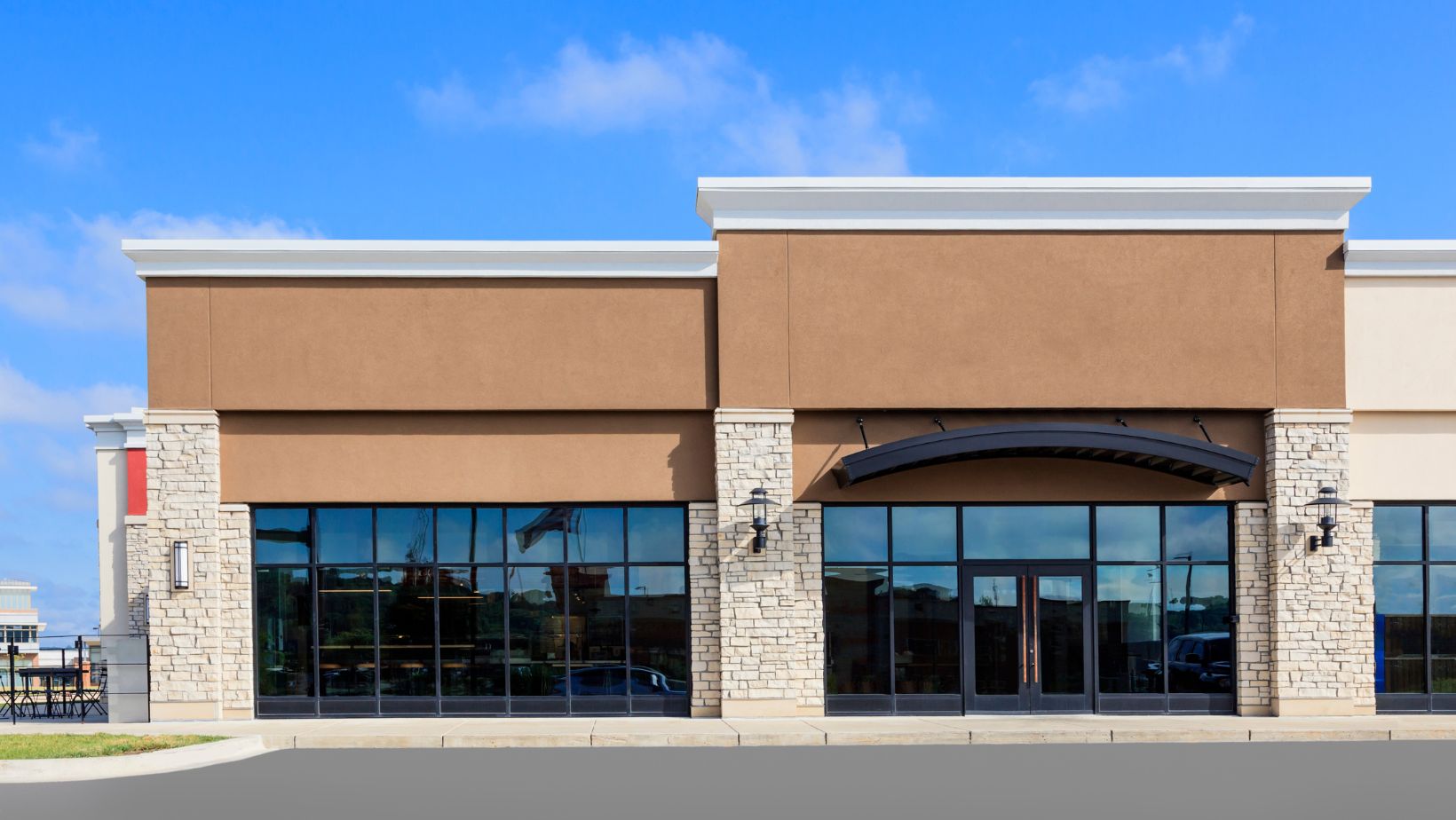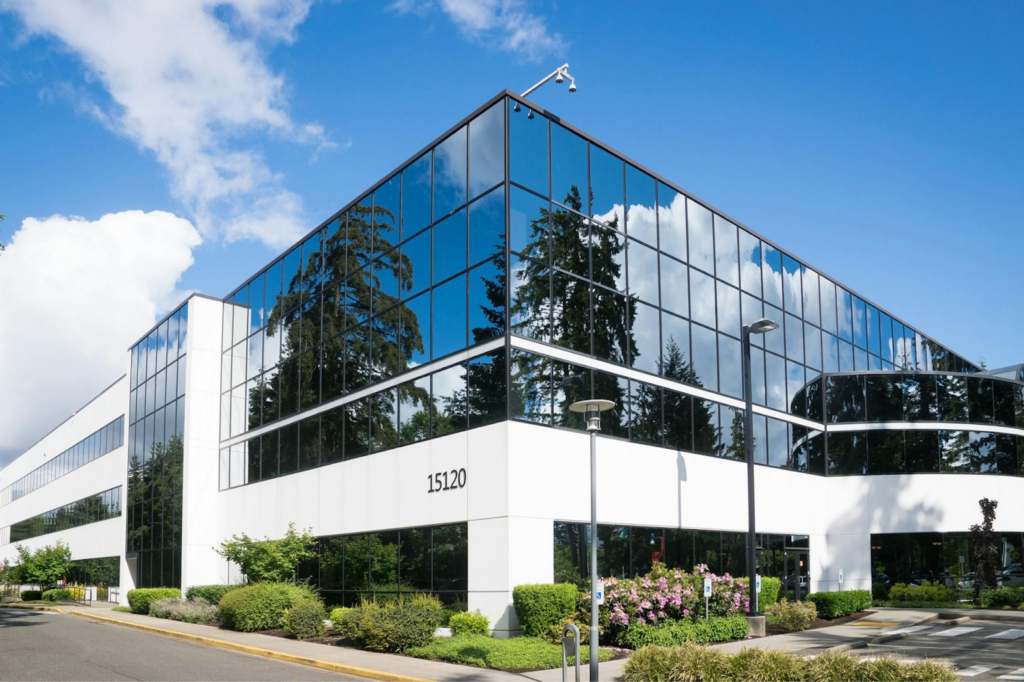Creating an appealing commercial space is about more than simply placing furniture and fixtures. It involves a careful blend of aesthetics, functionality, and branding, all of which play a crucial role in enhancing customer experience. The right design elements can transform an ordinary space into an engaging environment that attracts and retains customers. Utilizing colors, textures, and creative layouts reflects the brand’s identity and influences consumer behavior positively. When commercial spaces are designed with foresight, they become memorable venues that leave lasting impressions.
Understanding the Importance of Aesthetic Appeal
Aesthetic appeal is vital in commercial design because it directly affects customer perceptions and experiences. A well-designed space can evoke emotions and create a welcoming atmosphere that encourages customers to stay longer. Businesses that prioritize design often see increased foot traffic and enhanced customer loyalty. Research suggests that visually appealing spaces can boost sales by up to 20%.
Incorporating unique design elements helps differentiate a brand from its competitors. Spaces that are pleasing to the eye can amplify word-of-mouth marketing as satisfied customers share their experiences. A focus on aesthetics is not merely superficial; it plays a significant role in shaping how customers interact with products and services.
Utilizing Color Psychology in Commercial Design
Color plays a crucial role in how individuals perceive a space and can significantly influence customer behavior. Cool tones like blue and green can create a calming environment, while warm hues like red and orange promote excitement and energy. Understanding the psychology of color allows businesses to strategically select colors that align with their brand message and target demographic.

Fast-food chains often use bright colors to stimulate appetite and encourage quick decision-making. Implementing color in branding, such as utilizing corporate colors in the interiors or signage, reinforces brand identity and creates a cohesive visual experience. A well-planned color scheme can guide customers through a space, influencing their movements and interactions. Integrating various shades and tones can create depth and texture, enhancing the overall aesthetic without overwhelming visitors. When designing a commercial space, aiming for a balanced color palette is essential.
Incorporating Texture and Materials
The use of diverse materials and textures adds depth to the overall design and can create a tactile experience for customers. Including elements like wood, metal, glass, and fabric makes the space visually dynamic and can enhance comfort. Textured walls or furniture pieces create focal points and deliver a multi-layered approach to design. Different materials add visual interest and contribute to the functional aspects of a space, such as acoustics and warmth.
In commercial spaces, it’s essential to balance beauty and durability to ensure that elements withstand high foot traffic. The tactile nature of some materials can encourage customers to interact more with their environment. Incorporating elements like living walls or unique shelving can enhance the visual appeal while promoting well-being. Employing a thoughtful combination of textures results in an inviting atmosphere that engages customers on multiple sensory levels.
Creative Lighting Solutions
Lighting is an integral component of commercial design, as it defines the ambiance and highlights specific areas within a space. Effective lighting design can create an inviting atmosphere that makes customers feel welcome and comfortable. Natural light should be maximized wherever possible, as it fosters a positive environment and can even improve employee productivity. For areas requiring artificial lighting, utilizing layered lighting techniques can achieve versatility, allowing for different moods throughout the day. Accent lighting can direct attention to specific products and features, enhancing their visibility.
A mix of ambient, task, and decorative lighting creates depth and dimension within any commercial setting. By choosing the right fixtures, businesses can amplify their brand personality while maintaining functionality. For seasonal promotions, dynamic lighting changes can draw attention to seasonal displays, such as commercial halloween decorations, enhancing the thematic experience and driving sales. Investing in advanced lighting technology can contribute to sustainability goals by reducing energy consumption while enhancing the customer experience.
Functional Furniture and Layout
Choosing the right furniture and layout is paramount in commercial spaces, as it impacts flow and usability. It’s essential to select pieces that reflect the business’s aesthetic while promoting comfort and functionality. Modular furniture can offer flexibility in reconfiguring spaces for different events or customer needs. Pay attention to space layout to encourage natural movement throughout the area, ensuring it’s intuitive for customers to navigate. Creating designated zones within a space enhances usability, allowing customers to relax, shop, or engage without feeling cramped.

Visual barriers like shelving can help signal different sections without imposing on the overall design. Multifunctional furniture pieces can save space and increase efficiency, particularly in smaller environments. Incorporating seating areas invites customers to linger, thereby increasing the likelihood of purchases. Whatever the design approach, maintaining a balance between style and practicality is vital to creating an effective commercial space.
Incorporating Branding into Design Elements
Branding in commercial design helps reinforce identity and fosters connections with customers. Every visual element—from the color scheme to signage—should consistently reflect the brand’s narrative and values. The strategic placement of logos and taglines within the design can increase brand recognition and enhance customer memory. Businesses can include thematic elements related to their products or services to strengthen the brand story. Inviting unique elements, such as custom art pieces or curated displays, provides opportunities for storytelling that resonates with customers.
Creating immersive environments where customers experience the brand values firsthand fosters an emotional connection, which plays a significant role in consumer loyalty over time. This emphasis on cohesive branding in design goes beyond mere aesthetics; it cultivates an experience that encourages engagement and return visits. A well-articulated design can become a powerful marketing tool that exemplifies a business’s ethos while attracting customers in a competitive market. IGrowth in consumer expectations for interactive experiences makes branding an essential feature of contemporary commercial designs.
Creating an eye-catching commercial space requires a blend of aesthetic appeal, functional design, and branding consistency. Comprehensive planning that utilizes colors, textures, lighting, furniture selection, and even seasonal decor can elevate the customer experience significantly. Understanding how these elements engage and influence customer behavior is essential for optimizing commercial environments. By investing in thoughtful design, businesses can attract, retain, and engage customers effectively, setting themselves apart in a competitive marketplace.
